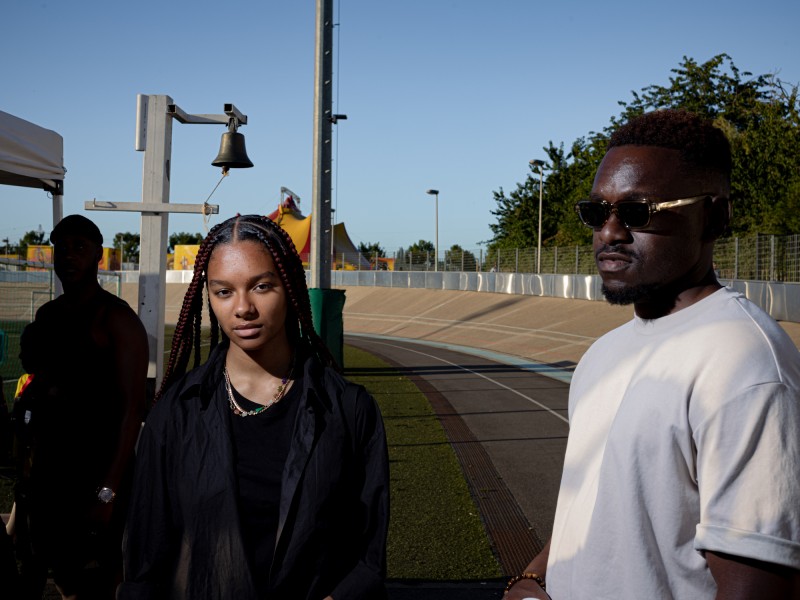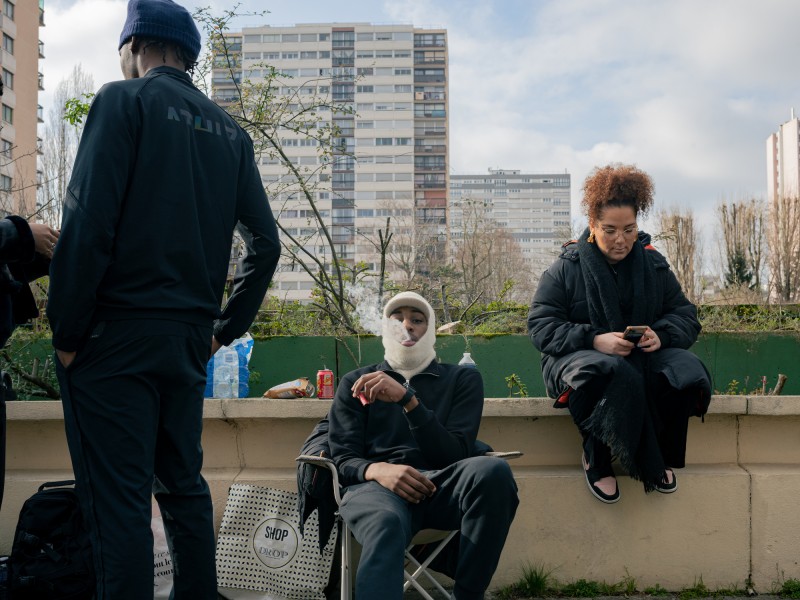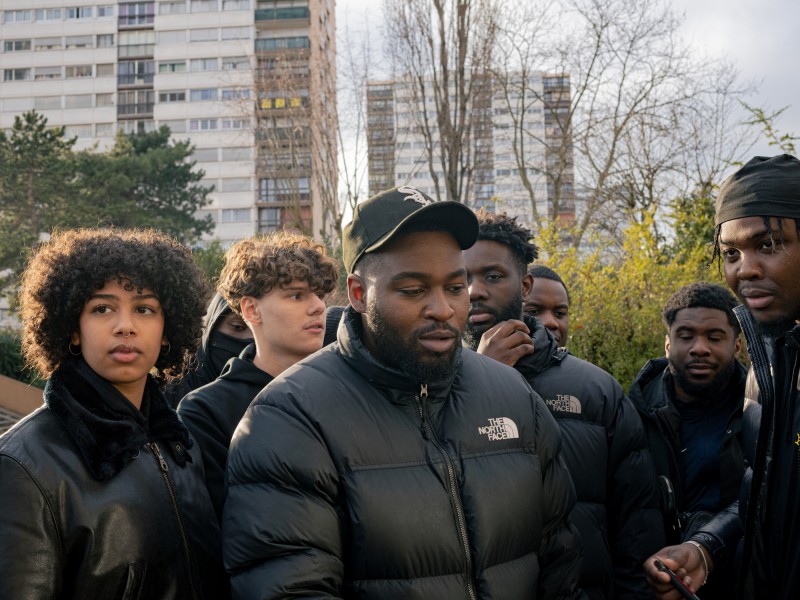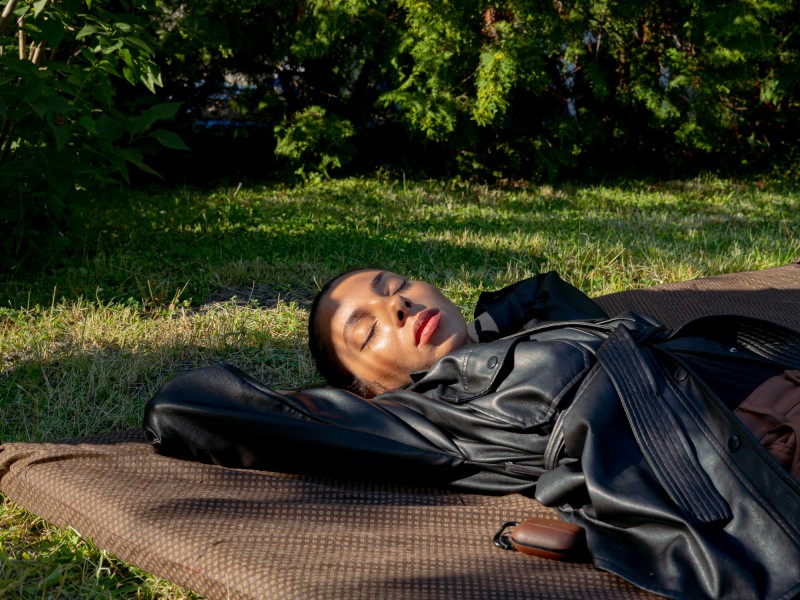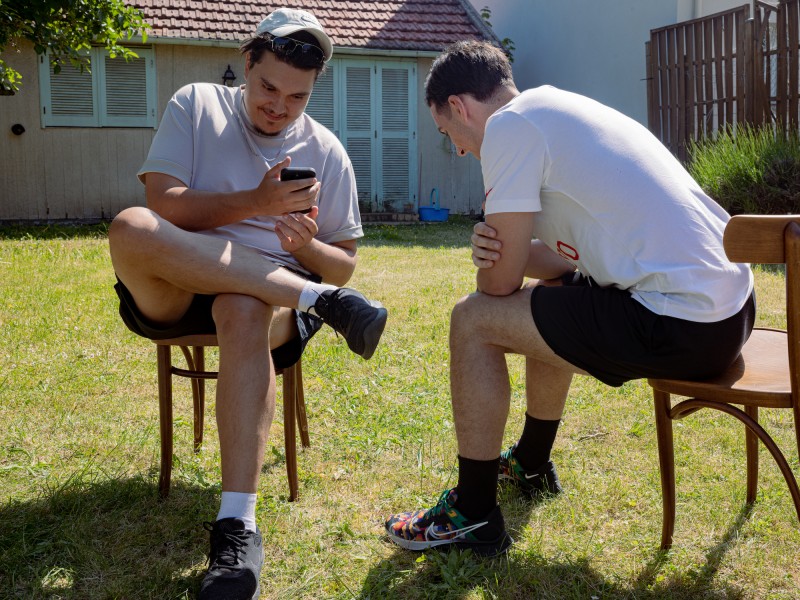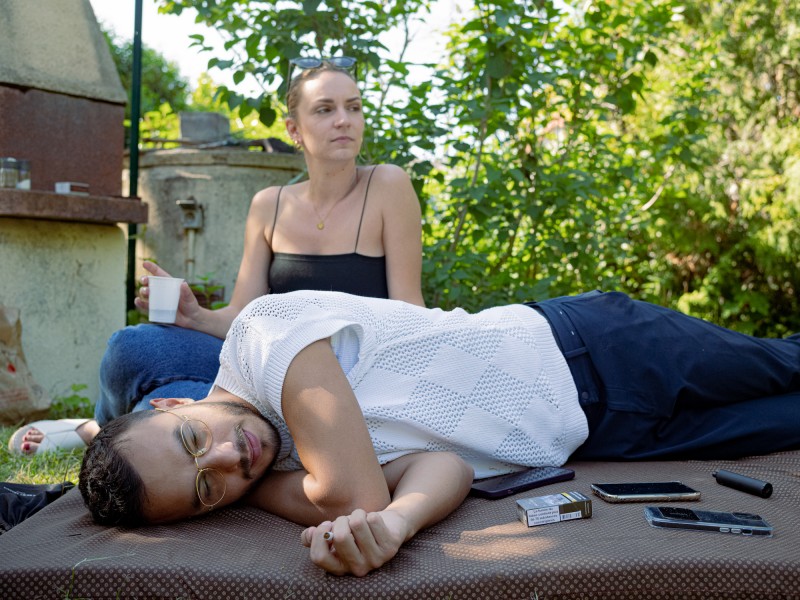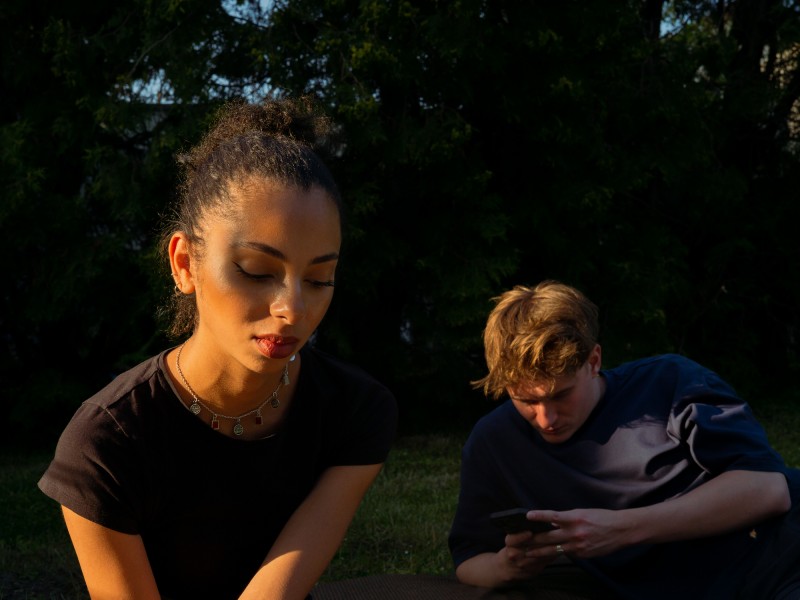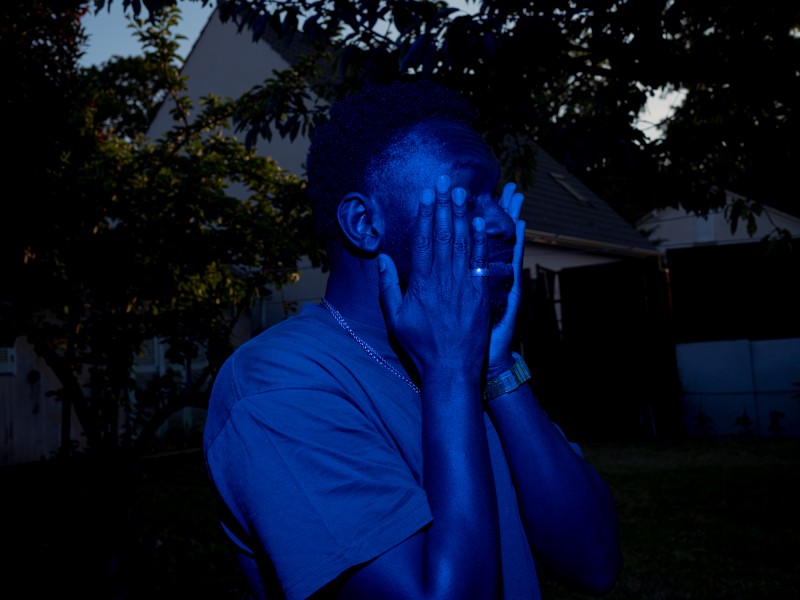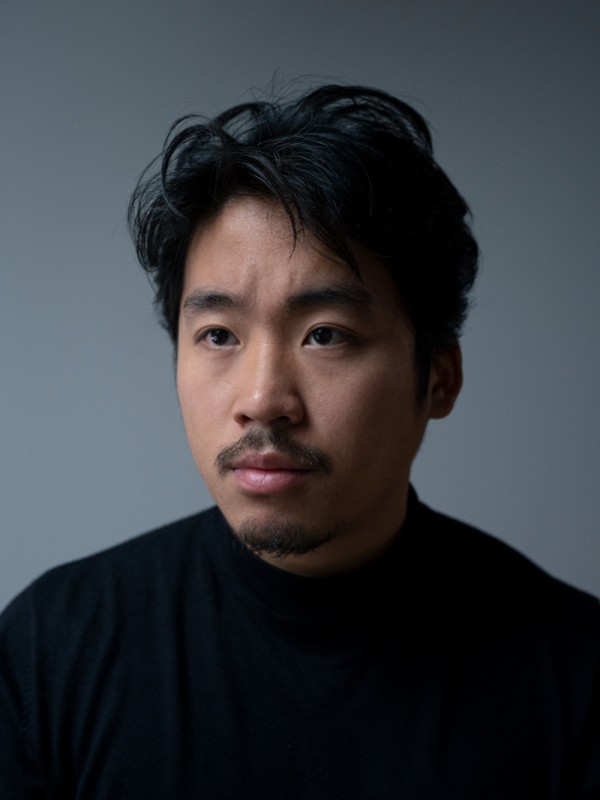In the suburbs of Paris
In the suburbs of Paris
William Keo
July 17, 2023
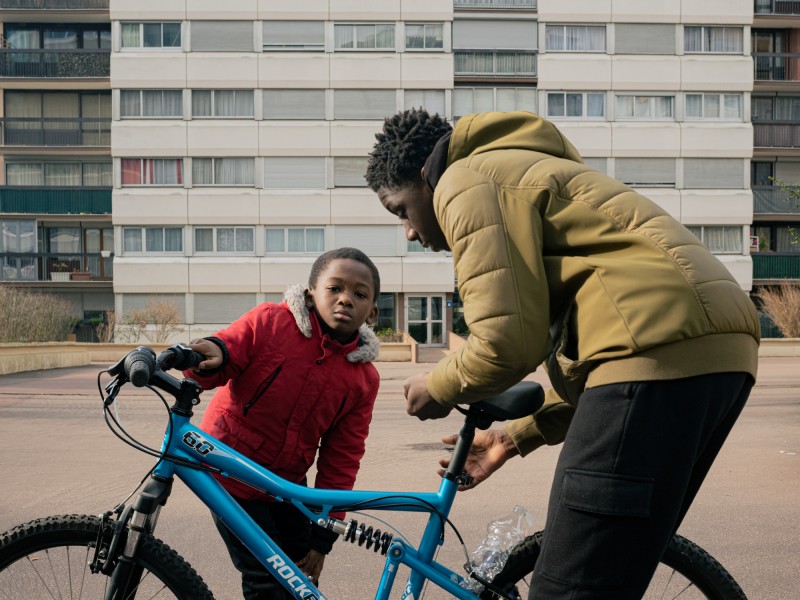
LFI: How do you experience the situation in the suburbs of Paris?
William Keo: I'm really sorry to see all the material damage; I don't think that sends the right message. A supermarket where my parents used to go shopping has been burnt down. I've covered the urban unrest for a number of nights, trying to avoid the obvious images and stories of burnt out cars. What is happening is a historic process, which means that it's necessary to explain everything that happened before.
Where does this anger come from and what needs to change?
The origins of the anger are various. The police approach has changed since 2003. There were police who were close and integrated into the life of the districts, but they were dissolved that year by Nicolas Sarkozy, the Prime Minister and later President of the Republic in 2007. In 2005, following the death of two youths who were trying to escape from the police, riots broke out for three weeks, before gradually dying down. To prevent further outbreaks, police equipment was beefed up to include rubber bullet launchers, and there were more repressive controls in the suburbs. The dialogue between the housing districts – which feel excluded – and the police – who are sometimes targeted by young people – broke down, creating a vicious circle. There was a massive police recruitment in 2015 after the attacks of November 13, with candidates who didn't come close to fulfilling the necessary criteria, giving rise to a less trained police force, with profiles that would never have passed previously. Police violence was made visible with the yellow waistcoat movement in 2018, burying plans for new community policing in the suburbs; and the authorisation in 2017 to shoot during police controls increased the number of deaths during such controls. Nahel is a case in point, one of the rare cases where it was filmed, and that was the trigger for all these riots. It's of primary importance to renew the dialogue between at the state players and the inhabitants. I've never known a government so far removed from social realities.
What contribution can images make?
There is an important duty to document the situation. The iconography of the suburbs is disastrous and reductive, which creates and reinforces stereotypes in the districts. A documentary approach, which illustrates in a structural manner, can lead to understanding the complexity of the problems.
What is the biggest challenge you face in the current situation?
My biggest challenge is to avoid the easy image, to look for alternative stories so as to enrich and offer more keys to understanding, rather than just burning cars and people wearing hoodies – at least, not just that, those images are too obvious and they are just the end of a chain of events.
LFI 5.2023+-
A comprehensive portfolio of Keo’s pictures can be found in issue 5/2023 of the LFI magazine. More
William Keo+-
The French-Cambodian photographer was born in 1996. He began his career working for NGOs to finance his studies in Art Direction. His work focusses on wars and conflict areas such as Syria and Ukraine. In addition, he has been working on Beautiful Paradox, his long-term project about his home district, since 2019. He became a nominee for the Magnum Photos Agency in 2021. More

